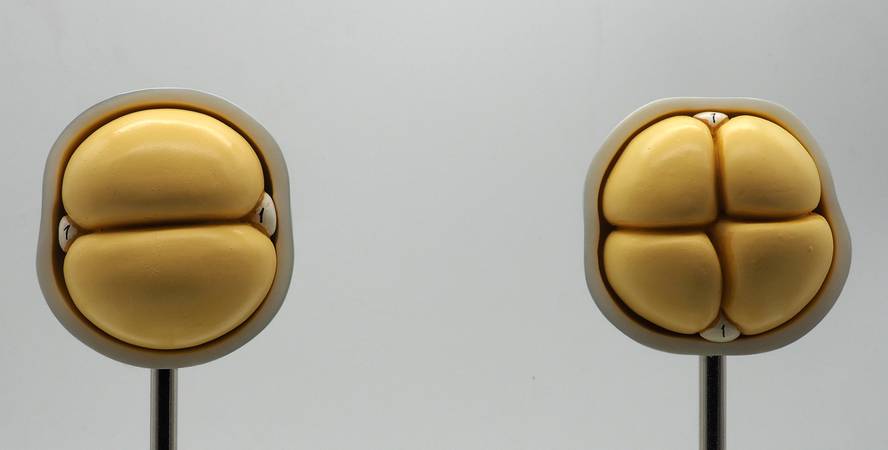They have shown that the asymmetry of the human embryo begins with the first division.

Although the two cells that make up a day-old human embryo seem the same, they have shown that most of the human body comes from one of them. They state that this discovery can help reverse the success rate of in vitro fertilization.
The study was published in the journal Cell. It is explained that since spermatozoid fertilization of the egg, the zygote has been monitored and, using non-invasive techniques, it has been studied in each excision which part will form epiblasts (body), what hypoblasts (yolk sac) and what trophoectoderm (placenta).
Thus, it has been shown that most epibaric cells come from a single embryo cell of two cells. What's more, you've seen that only one in three cells gets introduced from the 8-cell embryo to 16 cells, and that these cells penetrate come from the first cell that distributes into the two-cell embryo.
Researchers consider that this asymmetric process is key to the formation of the human body. Therefore, considering this asymmetry from the outset, it is possible that the success rate of in vitro fertilization may increase, since so far it has not been taken into account that embryo cells are so different from the beginning.





